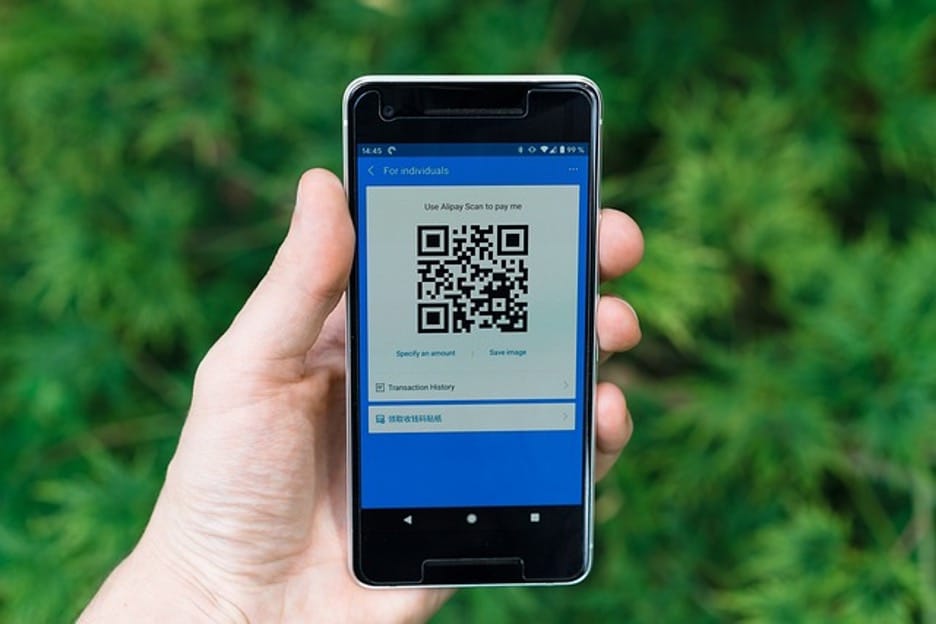QR code ordering systems are reshaping services at large events. These systems are dynamic and intuitive, enhancing attendee satisfaction and streamlining event operations. With these, long queues are a thing of the past, ensuring a positive and welcoming event experience.
Nowadays, speed and convenience are everything, and QR codes provide exactly that. They’re a forward-thinking, future-proofing method that provides the consumers of today and tomorrow with a seamless ordering process.

A QR code is a type of barcode that can be scanned with a smartphone to access information or services. At large events, a simple scan can lead attendees to an intuitive ordering system where they can select and pay for food or merchandise, enhancing their experience with convenience and speed.
QR code ordering systems offer a suite of secure, innovative solutions for improving the attendee experience at large events. Take a look at these cutting-edge applications:

Now that you know more about QR codes for large events, let’s take a look at their advantages.
QR code ordering systems have a proven track record of boosting average order values (AOV) at large events. Industry leaders have reported remarkable sales growth, with increases ranging from 12% to an impressive 35% following the adoption of these QR codes.
This increase in sales is directly linked to the modern consumer’s preference for quick and straightforward shopping experiences. Attendees are more likely to purchase items when the process is as simple as a quick scan from their smartphone, mirroring the proactive and inventive spirit of today’s society.
Alongside this, the reliable and adaptable nature of QR code ordering not only eases the initial purchase but also streamlines the process of guest upselling without staff interaction.
In an industry where operating costs are rising, and staff shortages are prevalent, QR code ordering systems present a solution that can help businesses manage more efficiently. By reducing the reliance on front-of-house staff for tasks like taking orders and processing payments, servers can now:
This efficiency not only addresses the immediate problem of staff shortages but also contributes to a healthier bottom line through increased sales and customer experience.
With the integration of QR codes, the time guests spend waiting for both service and payments is significantly trimmed. Studies show that longer wait times can have a detrimental effect on customer loyalty, as wait times are often perceived as longer than they actually are, leading to increased frustration.
QR codes streamline the ordering and payment process through their secure and intuitive interface, providing a quicker experience for event-goers. This enhancement in service delivery means that customers are more likely to return (and spend more), favouring this dependable method over more conventional, slower services.
Concerns that QR code ordering might detract from the personal touch of dining are unfounded. In reality, this automation helps waitstaff to concentrate on delivering exceptional service and interacting with customers, potentially resulting in increased satisfaction. The capacity for servers to handle a greater number of people combined with a better experience means that they’ll be more likely to tip.
In fact, with the implementation of QR code systems, the average tip for servers has seen a notable increase, with data indicating that the average tip now stands at 21%. This uptick can be attributed to larger purchases and the improved interactions between staff and customers.
QR codes stand out for their secure, intuitive, and flexible nature, seamlessly integrating with old and new technology. Its adaptability is demonstrated through the following points:
The implementation of such state-of-the-art systems is a testament to a business’s dedication to high-end service delivery, aspiring to elevate the event experience through innovation, reliability, and a customer-centric approach.
The adoption of innovative technology is contingent upon its acceptance by users, and the system of ordering through QR codes has resonated well with people. An impressive three-quarters of consumers in the U.S. have shown a willingness to utilise QR codes, and 70% have revealed their inclination toward touch-free self-ordering technologies. As customers engage with scanning these codes, the prevalence of placing orders via QR codes steadily increases.
Overall, the integration of QR code ordering systems at large events presents numerous advantages.
These cutting-edge systems go beyond being mere gimmicks. They’re essential tools that amplify customer satisfaction. Looking ahead, it’s anticipated that QR codes will become fundamental components of events and how we offer food and beverage services.